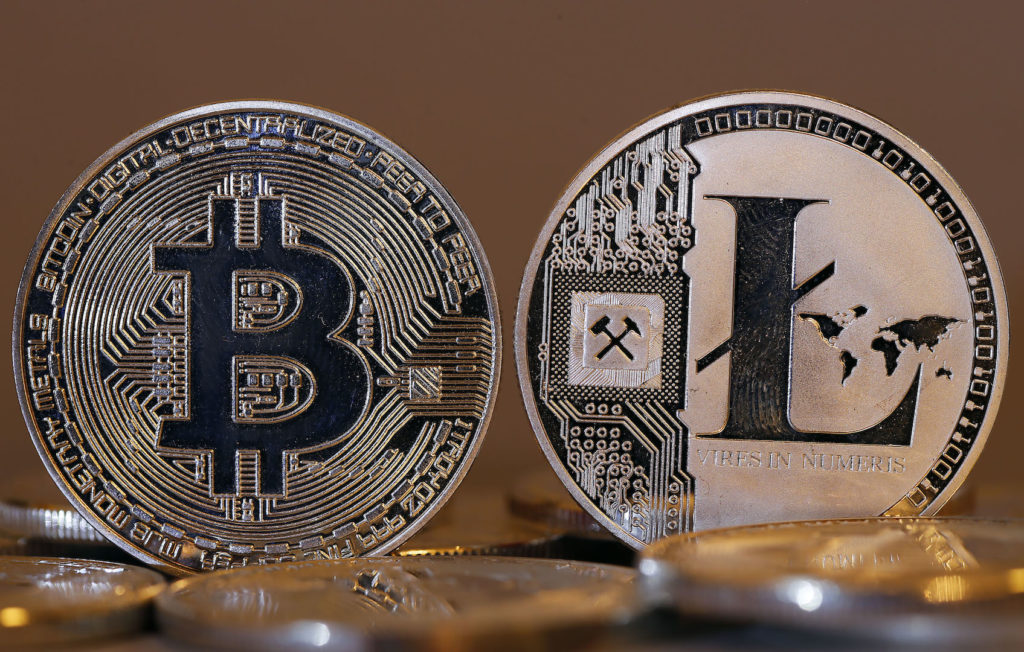— Jameson Lopp (@lopp) December 31, 2017
As adoption continued to increase, so did the size of the unspent transaction output (UTXO) set, AKA the state of all bitcoin ownership. Bitcoin’s UTXO set grew from 44M to to 62M unspent transaction outputs in 2017, adding a net new UTXO every 2 seconds. pic.twitter.com/1Anf9mZshZ
— Jameson Lopp (@lopp) December 31, 2017
A more controversial aspect of the changing nature of bitcoin is the transaction fees.
While rising fees have caused significant frustration for users trying to transact in smaller amounts of value, an optimistic view is that the network security is on the right path toward sustainability.
If fees don’t eventually replace the block subsidy, then either the thermodynamic/computational security of the network will have to drop or perpetual inflation will have to be introduced in order to pay miners to maintain the same level of hashing power.
Transaction fees collected by Bitcoin miners have surged over 100X from $100,000 per day to $11,000,000 per day in 2017.
Bitcoin’s network security is becoming sustainable! https://t.co/8f2uPpKT1y pic.twitter.com/u5bpkBG4hw
— Jameson Lopp (@lopp) December 19, 2017 Bitcoin transaction fees relative to the block subsidy increased from 5.7% to 31.
7% this year. If fee rates remain the same in terms of satoshis per virtual byte, Bitcoin’s computational security will be self-sustaining in 6.5 years after 2 more halvings. https://t.co/OA3oIhHeIj pic.twitter.com/8PK5XufJbc
— Jameson Lopp (@lopp) December 31, 2017 Network security and health
The size of the network mesh of nodes that validate and propagate bitcoin data is back on the rise after stagnating for several years. The number of listening (publicly connectable) Bitcoin nodes doubled in 2017 to 11,000! Note: it’s estimated that there are over 10 times as many non-listening Bitcoin nodes. https://t.co/R9VBt6kghW pic.
twitter.com/Osxx7HRw3d
— Jameson Lopp (@lopp) December 31, 2017
As bitcoin becomes more valuable, miners are able to expend more energy securing the system from computational attack. Bitcoin’s thermodynamic security increased from 3 exahashes per second to 14 exahashes per second in 2017. https://t.co/dviehgkH9H
— Jameson Lopp (@lopp) December 19, 2017 Due to the record-breaking acceleration of Bitcoin’s hashrate in 2017, the days of work a miner with 100% of current hashpower would need to rewrite the entire blockchain dropped from 270 to 200. https://t.co/fm3inll7uV H/T @pwuille pic.twitter.com/UOebKERCLe
— Jameson Lopp (@lopp) December 31, 2017
Technical improvements to block propagation continued to decrease the latency at which new blocks are seen by most peers across the network.
This means that nodes come to consensus about the state of the blockchain faster, which reduces the occurrence of orphaned blocks. Bitcoin block propagation time halved again this year after halving last year as well. Average time to reach 50% of nodes is now under 1 second! https://t.
co/lwJtJ818MG pic.twitter.
com/jYEyOIZ9MT
— Jameson Lopp (@lopp) December 31, 2017 Bitcoin economics
With an exchange rate increase of over 1,300 percent, bitcoin’s market cap increased past $230 billion, earning it 19th place globally in terms of M1 money supply.
While 30-day BTC/USD volatility was on the decline in 2015 and 2016, it began rising again in 2017.
On average, an estimated $12,000 per second was transacted via BTC in 2017 compared to ~$2,000 per second in 2016. https://t.co/W7qaVBd7R4 estimates (by removing likely change outputs) that ~$375 billion was transacted via BTC in 2017, averaging nearly $12,000 per second.
https://t.co/sQke38CutB pic.twitter.
com/0iJ13wwk9b
— Jameson Lopp (@lopp) January 12, 2018
Interestingly, the output value of the average transaction (without trying to guess and subtract change outputs) appeared to rise along with the exchange rate. Almost as if BTC is being used as the primary unit.
.. The value of the average bitcoin transaction rose from $4,000 to $80,000 in 2017. https://t.co/9bBhuz8gbW pic.
twitter.com/tKNhWpdWPJ
— Jameson Lopp (@lopp) January 11, 2018
And indeed, we can see from the raw UTXO value being spent that it was pretty consistent in BTC terms. The raw value of UTXOs being spent seems to be unaffected by the exchange rate and held a fairly steady average of 30 BTC per second in 2017. https://t.
co/kUtVc9eWTQ pic.twitter.com/VdMFGTo4sG
— Jameson Lopp (@lopp) January 12, 2018 Bitcoin in 2018
Looking forward to 2018, Lightning Network development has been progressing nicely.
I wrote about the promise of Lightning Network two years ago and it’s finally coming to fruition, though there are still plenty of challenges to overcome. . @acinq_co ‘s testnet Lightning Network explorer currently showing 567 nodes with 1877 channels. https://t.co/MAPu0YU4tC pic.
twitter.com/xvHCLDglcB
— Jameson Lopp (@lopp) January 8, 2018
We’ve even seen Lightning Network payments conducted on the main network! ATT BTC Users: TorGuard now accepts mainnet Lightning Network BTC payments. Ask support for details! #bitcoin #lightning pic.twitter.com/6agWGvc5XM
— TorGuard (@TorGuard) January 8, 2018
The next phase of development in the ecosystem will be speeding up economic interactions.
Payments via second-layer networks will be one leap forward, but the ” atomic age ” will usher in even greater innovations such as trustless, decentralized, real-time peer-to-peer exchanges. If you are developing sidechains, forkchains or altchains, you should be prepping for atomic swaps.
The atomic age is coming, what cannot be swapped will be left behind.
All that protects your trades today are “if” statements. In atomic swaps you get real cryptographic guarantees
— Alex Bosworth (@alexbosworth) January 3, 2018
I expect 2018 to be another exciting year with plenty of development and drama. Stay tuned!
Disclosure: CoinDesk is a subsidiary of Digital Currency Group, which has an ownership stake in Blockstack and Colu.
Lightning Network nodes data visualization via Asinq.
co The leader in blockchain news, CoinDesk strives to offer an open platform for dialogue and discussion on all things blockchain by encouraging contributed articles. As such, the opinions expressed in this article are the author’s own and do not necessarily reflect the view of CoinDesk.For more details on how you can submit an opinion or analysis article, view our Editorial Collaboration Guide or email . .
